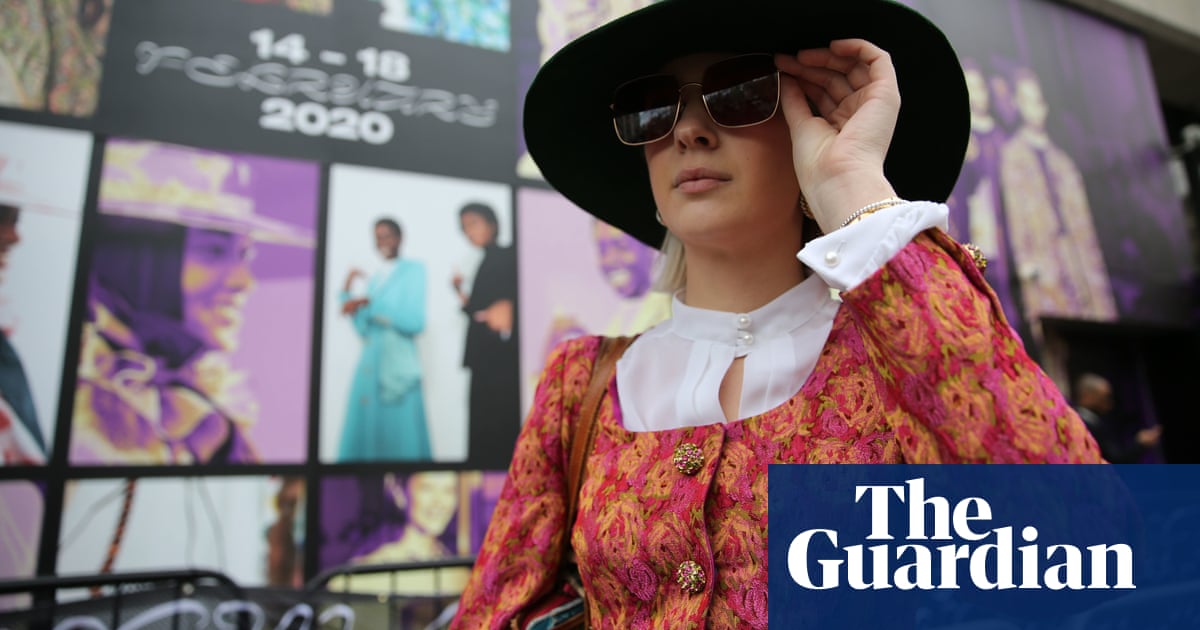Renting fashion can be green, argue clothes renters - 3 minutes read

The fashion rental industry has challenged the findings of a recent high-profile report that suggested renting clothes is “less green than throwing them away”, based on the environmental impacts of transportation and dry cleaning.
“We believe that rental needs scrutiny to make it as ‘green’ as possible, but we’re worried that encouraging people to throw clothes away doesn’t help the industry, let alone the planet,” says Tamsin Chislett, CEO and co-founder of rental business Onloan.
The study’s assumptions around transportation, based on a Finnish business, do not reflect the reality of the rental market in the UK, according to Chislett. The study was modelled on each rented item being collected by a car journey. Companies including Hirestreet send garments by post, Onloan uses carbon-neutral DPD, while My Wardrobe HQ use cycle couriers and electric vans. There are also bricks-and-mortar businesses which enable customers to choose pieces on foot, including HURR at Selfridges and My Wardrobe at Harrods.
Transportation was a key area of scrutiny in the study, which said that, given the “use of rental services is likely to increase customers’ mobility, and if that happens in a large scale”, then the renting of clothes is likely to have a greater global warming potential than resale or recycling.
The study also highlighted the environmental damage caused by dry cleaning. However, Onloan and My Wardrobe say they use wet cleaning and liquid CO2 cleaning, specifically to avoid the environmental impact of dry cleaning.
Sustainable fashion consultant Alice Wilby says that the “scale and intention” of individual rental companies are key to minimising impact. She cautions against comparing smaller-scale rental companies which use sustainable practices with the big brands now adopting rental.
The charity Wrap estimates that about £140m worth of used clothing is sent to landfill in the UK every year, while the Ellen MacArthur Foundation estimated in a 2017 report that more than half of fast fashion products are disposed of in less than a year.
According to Isabella West of Hirestreet, a rental service for partywear, some of their items have been worn more than 40 times, with some styles booked out every weekend between now and September. My Wardrobe HQ claims they can extend the life of a garment by up to 15 times.
Extending the life of clothes by an extra nine months reduces its carbon, water and waste footprints each by around 20-30%, and cuts the cost in resources used to supply, launder and dispose of clothing by 20%, according to the Global Fashion Agenda and Boston Consulting Group report.
Wilby acknowledges that keeping clothes in circulation is not in itself enough. “The majority of clothing for rent isn’t made of sustainable materials and hasn’t been produced ethically. Neither is it truly circular because we still don’t have to-scale, fabric-to-fabric recycling facilities for every different type and blend of fabric we make and rent.” She questions what happens to the rental clothing at the end of its life and would like to see “rental integrated into a circular system of regenerative agriculture and soil-to-soil clothing production and equity for farmers and producers”.
“There is simply no alternative to buying less, buying ethically produced and taking the best care of it,” says Wilby. “Even if rental clothing is transported by electric van and cleaned at low impact, these garments will be more well traveled and more frequently washed than anything the customer privately owns. Rental as a means to slowing down customer consumption and industry production is a great solution, but it has to be part of a system overhaul.”
Source: The Guardian
Powered by NewsAPI.org